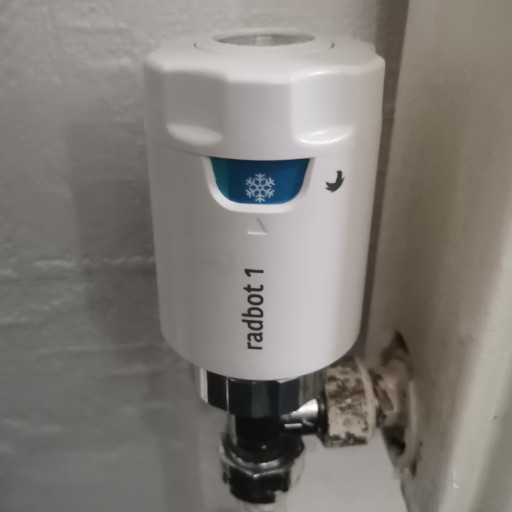Its a balancing act

Here’s a step-by-step guide to balancing a typical wet central heating system (radiators and boiler):
You’ll need
-
Radiator bleed key
-
Small adjustable spanner or lock shield valve key
-
Digital thermometer or radiator thermometer clips
-
Pen and paper
Step-by-Step: How to Balance a Heating System
1. Bleed all radiators
-
Turn the heating on, let all radiators heat up.
-
Turn off the system.
-
Bleed each radiator to remove trapped air (use a bleed key and catch any water).
-
Top up the system pressure if needed (usually 1–1.5 bar on a combi boiler).
2. Fully open all radiator valves
-
Both the thermostatic radiator valve (TRV) and lock shield valve (the one with a cap or cover on the opposite end).
-
Turn the heating back on and let all radiators get hot.
3. Identify the heating order
-
Feel the radiators (or use a thermometer) and note which heats up first, second, third, etc.
The one that heats fastest is closest to the boiler, the last is furthest away.
4. Start balancing from the closest radiator
-
Turn the heating off again and allow the system to cool slightly.
-
Fully open the first radiator’s TRV.
-
Close the lock shield valve on that radiator, then reopen it ¼ turn.
5. Adjust each radiator in order
-
Turn the heating back on.
-
For each radiator (in order of proximity to the boiler):
-
Measure the temperature difference between the flow and return pipes using your thermometers.
-
Aim for about 12-20 °C difference (depending on heating source)
-
If the difference is too small, close the lock shield slightly.
-
If it’s too large, open it a bit more.
-
-
Work gradually; small adjustments make a big difference.
6. Repeat fine adjustments
-
Allow the system to stabilise after each change.
-
Once all radiators heat evenly and the return temperatures are consistent, your system is balanced.
Benefits of balancing.
-
Faster and more even heating.
-
Lower energy bills.
-
Reduced strain on the boiler and pump.
-
Quieter operation (less “gurgling” or “rushing” water noise).
